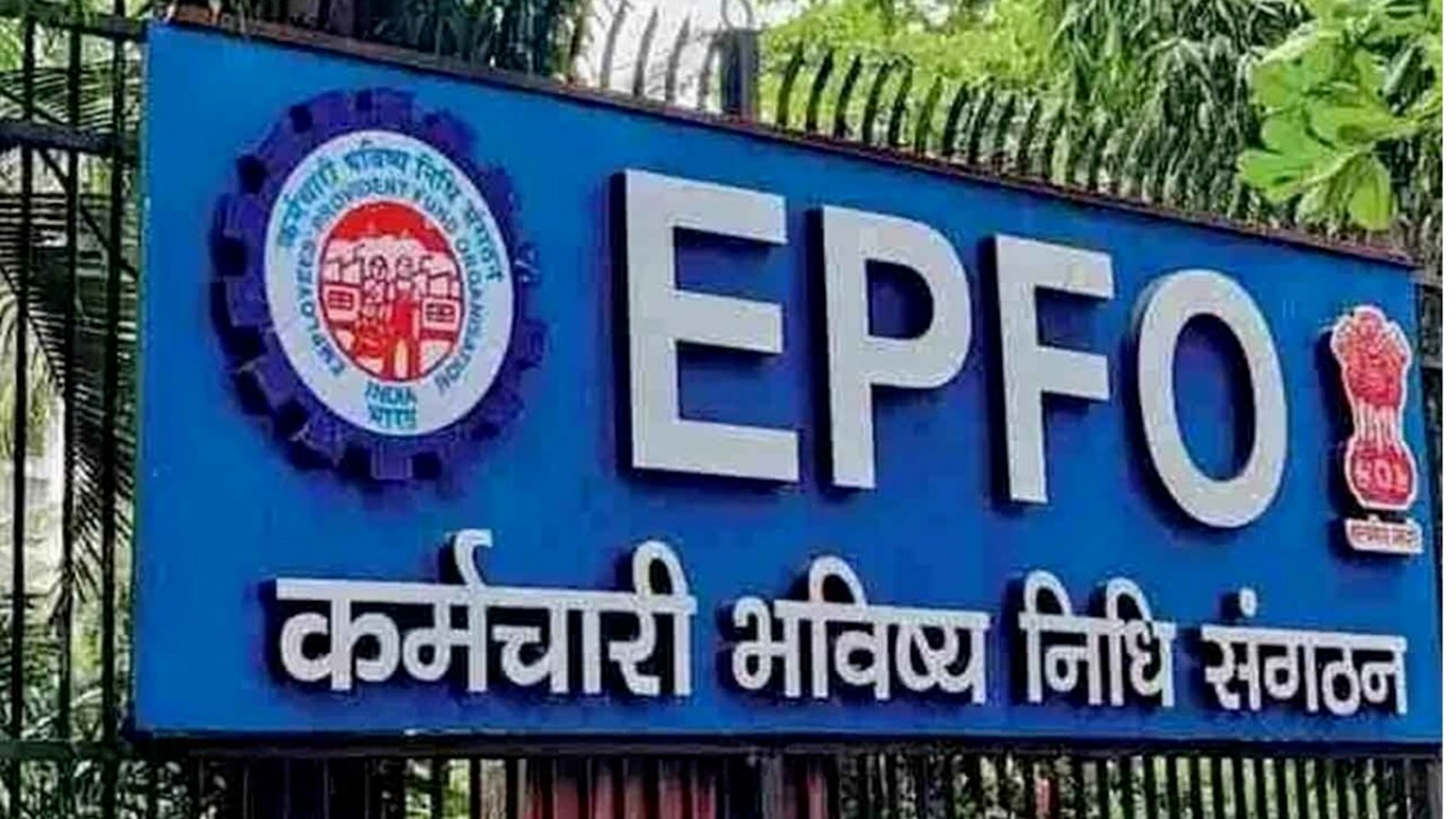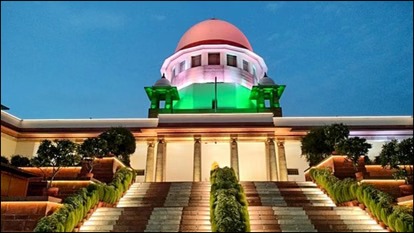@JUDGMENTTAG-ORDER
G.H. Guttal, J.@mdashThe question in these petitions is whether the belief of a defendant, the suit against whom has been dismissed, that she was not aggrieved and therefore need not prefer an appeal against the judgment of dismissal of the suit constitutes "sufficient cause" within the meaning of Section 5 of the Limitation Act. Three suits, OS. 105/1957, O.S. 111/1957 and O.S. 112/1957 were tried together by the learned Principal Sub Judge, Alleppey. The petitioner Kumari Arama was the defendant No. 6 in O.S. Nos. 105/1957 and 111/1957. She was the defendant No. 20 in O.S. No. 112/1957. Suit No. 105/1957 was for declaration of title of the plaintiffs. O.S. 111/1957 was for maintenance and allotment of shares to the plaintiffs. O.S. 112/1957 was for maintenance.
2. A.S. No. 146/1991 against the decree in O. S. 105/1957 by this very petitioner was filed within the period of limitation prescribed by law. A. S. No. 581/1992 is by this petitioner against the decree in O.S. 112/1957. A. S. No. 584/1992, also by this petitioner is against the decree in O.S. No. 111/1957. These appeals have been filed beyond the period of limitation prescribed by law. The delay is of 12 years, one month and 15 days. C M. P. No. 7885 of 1992 and C. M. P. No. 7898 of 1992, u/s 5 of the Limitation Act, are for condonation of the delay in filing A. S. Nos. 581/1992 and 584/1992 respectively. These C. M. Ps. were heard together as they raise common questions.
3. The judgment and decrees appealed from are dated 24-7-1980. Application for copy of the judgment and decree were filed on 31-7-1980. Till 1990 the trial court did not supply copies of the judgment and decree. The petitioner therefore represented her case to this Court on the administrative side on 10-9-1989.This Court directed her to file fresh application for copies of the judgments and decrees which she did on 14-6-1990 and received copies of the judgments and decrees in O. S. No. 105/1957 on 29-10-1990. She used these copies and filed A. S. No. 146 of 1991. The petitioner did not apply for the copies of judgments and decrees in O.S. No. Ill of 1957 and O.S. No. 112 of 1957.
4. C. M. P. No. 7886/1992 and C. M. P. No. 7899 of 1992 are for an order dispensing with the filing of copies of judgments in A. S. 584/1992 (from O.S. No. 111/1957) and in A. S. 581/1992 (from OS. No. 112/1957).
5. Section 5 of the Limitation Act empowers this Court to admit appeals, filed beyond the prescribed period of limitation, if the petitioner satisfies the Court that she had sufficient cause for not preferring the appeals within such period. The cause pleaded by the petitioner is as under.
The petitioner was a defendant in both the suits. In her written statements she had claimed that the property bequeathed to her by her father should be allotted to her. The properties are in the possession of Sridharan Pillai, the plaintiff No. 3 in the suits and respondent No. 6 in these petitions. Since the suits were dismissed, she believed that being a successful defendant she need not file appeals against the decrees dismissing the suits. She continued to hold this belief until she was advised by her counsel that the decrees dismissing the suits might operate as res judicata so far as her claim for allotment of properties was concerned. Therefore, she now decided to prefer these appeals. The erroneous belief that she was not adversely affected by the decrees dismissing the suits against her, is the "sufficient cause" set up by the petitioner.
6. The petitioner seeks to use the copy of the judgment in O.S. 105/1957 obtained on 29-10-1990 filed in A. S. 146/1992 for preferring the A.S No. 581/1993 and A. S. 584/1992. According to her, if the time spent in obtaining the judgment in O.S. 105/1957 is excluded and she is permitted to use that judgment in the appeals, A. S. 581/1992 and A. S. 584/1992 fall within the period of limitation prescribed by law.
7. The question whether copy of a judgment obtained by a party for filing an appeal against the judgment in one suit, can be used by a party to another suit for the purpose of filing an appeal against the same judgment and thereby claim exclusion of the time spent in ''obtaining copy of the judgment in the first suit, has been authoritatively answered. In P. A. Oommen vs. Moran Mar Baselius Marthoma, P. A. Oommen vs. Moran Mar Baselius Marthoma (A. I. R. 1997 S. C. 1977). the Supreme Court affirming the judgment of this Court made these findings :
(i) The provision of Rule 1 of Order 40 of the CPC which empowers the court to dispense with the filing of more than one copy of the judgment in a case where two or more appeals are filed against any decree covered by that judgment is not intended to enable a litigant to the exclusion of time u/s 12 of the Limitation Act.
(ii) The time spent in obtaining certified copy of the judgment in the earlier suit cannot be excluded while computing the period of limitation for the purpose of subsequent appeal against the same judgment.
Therefore the submission by counsel for the petitioner that she should be allowed to take benefit of the time spent in obtaining the judgment in O.S. No. 105/1957 for the purpose of limitation for A. S. No. 581/1992 and A. S. No. 584/1992, is untenable.
8. However, there is a distinction between the facts of P. A. Oommen vs. Moran Mar Baselius Marthoma P.A. Oommen vs. Moran Mar Basalius Marthoma (A.I.R. 1992 S. C. 1977) and this case. In this case the appellant in all the three appeals is the same individual. In the case of P. A. Oommen P.A. Oommen vs. Moran Mar Baselius Marthoma (A. I. R 1992 S. C. 1977) the appellants in the two suits considered therein were different individuals. The judgment forms the rationale of the decrees which are distinct in the three suits. The appellant was a defendant in all the three suits but applied for only one copy of the judgment which was common to all the three suits. The exclusion of time u/s 12 is available to an appellant. The fact that the appellant in the three appeals has the same personality does not mean that, her capacity as appellant in each appeal is identical. As the appellant, she represents different causes, and different grievances in the different appeals. Although the petitioner herein is the appellant in all the three appeals the judgment on which the decrees are based determines the rights not only of the appellant but also of the respondents. Therefore the fact that the identity of the appellants in all the three appeals is the same does not make any difference of principle. The principle laid down in P. A. Oommen P. A. Oommen vs. Moran Mar Baselius Marthoma (A.I.R. 1992 S. C. 1977), applies to this case.
9. While the expression "sufficient cause" has not been defined, certain rules have been laid down by judicial decisions. Firstly, liberal construction of the words "sufficient cause" and the advancement of substantial justice is the rule,
While these are the general principles which should guide the court in such cases, it is impossible to lay down a catalogue of causes which may be considered sufficient. Yet there are well known causes which prevent litigants from filing appeals or other proceedings within the prescribed time. Erroneous legal advice, sickness, distance from the court or lawyer''s office and poverty are some of the causes which may be considered as sufficient. John vs. Mammukutty (1985 KLT 55).
10. The question is whether the appellant''s belief that she was not adversely affected by the judgment and decrees dismissing the suits against her can be said to be "sufficient cause". A belief based on erroneous legal advice may be attributable to the advisor thereby making the appellant innocent. But in this case the petitioner did not even seek advice until 1992. The petitioner did not even apply for certified copies of the judgment and decree for the purpose of filing these two appeals. She was satisfied with the success in having the suits against her dismissed. She did not therefore feel aggrieved by the judgment notwithstanding the fact that her case of allotment of properties was left undecided. Twelve years later she received legal advice that the dismissal of the suit without deciding her cause might operate as res judicata. Such passive indifference may be excusable where the delay is of a few months or a year, especially if the appellant is not experienced in the procedures of the court. But the petitioner''s inaction for 12 years is not explained by her belief not based on erroneous legal advice. The conduct of the appellant in not consulting a lawyer soon after the suits were dismissed, her continued acquiescence in the possession of lands by Sreedharan and the belated awakening, suggests gross negligence and inaction.
11. After balancing the "cause" pleaded by the petitioner against the effect of condoning the delay of 12 years on the rights of the respondents, I am of the opinion that the respondents, after a lapse of 12 years are entitled to sit back and relax in the thought that the petitioner has given up the claim for allotment of property pleaded in her written statements. However, liberally I consider the petitioner''s cause, I am unable to persuade myself to hold that substantial justice will be done by condoning the delay of over 12 years. Her inaction for 12 years is not based on erroneous legal advice, or other justifiable reasons. The cause for the delay set up by the petitioner is not sufficient to prevent her from filing the appeals within the period prescribed by law. However, I see no impediment in allowing the C.M.P. No, 7886/1992.and CM P.No. 7899/1992. The filing of copies of judgments in A. S. 584/1992 and A. S. 581/1992 is dispensed with. However, in view of the judgment in P.A-Oommen, the petitioner is not entitled to the exclusion of the time spent in obtaining the copy of judgment in O.S 105 of 1957 for filing A. S. No. 584 of 1992 and A.S No. 581 of 1992.
The C.M.P. No. 7885 of 1992 and C. M. P. No. 7896 of 1992 are dismissed.

